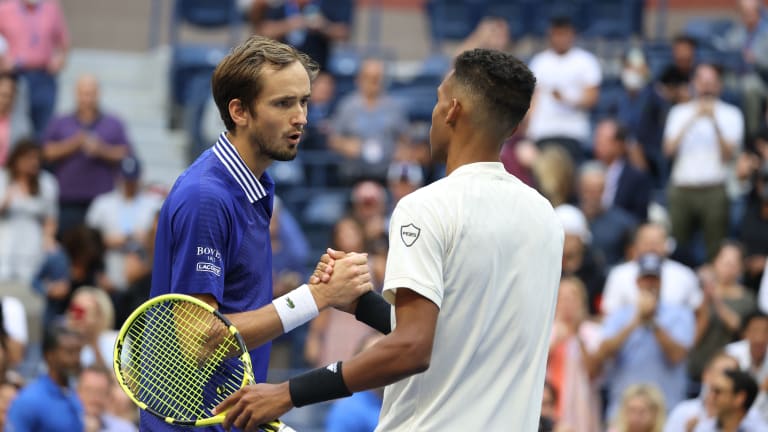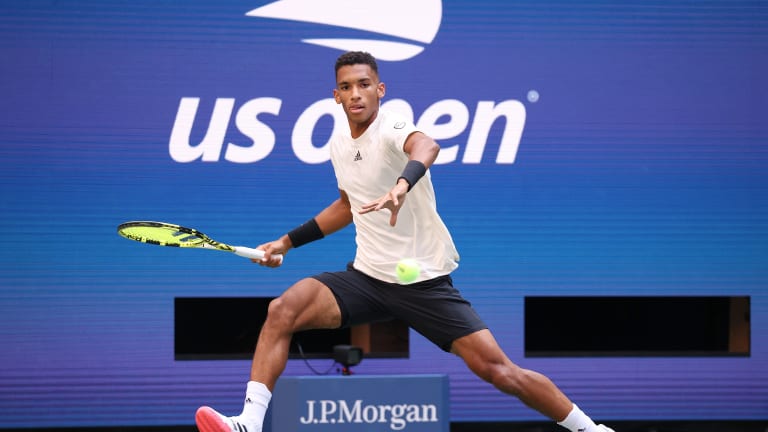US Open
Chess on Wheels: Can Daniil Medvedev become a tennis grandmaster?
By Sep 11, 2021US Open
Eric Butorac will replace Stacey Allaster as US Open tournament director
By Nov 17, 2025US Open
Beyond The Champions: 2025 US Open Winners and Losers
By Sep 10, 2025US Open
In US Open defeat, Jannik Sinner faces his shortcomings
By Sep 09, 2025US Open
Amanda Anisimova's US Open fortnight wasn't just "incredible"—it was redemptive
By Sep 09, 2025US Open
Overcoming Doubt, Finding Deliverance: Six WTA takeaways from the 2025 US Open
By Sep 08, 2025US Open
Service and a smile: How Carlos Alcaraz conquered Jannik Sinner at the 2025 US Open
By Sep 08, 2025US Open
Carlos Alcaraz captures sixth Slam and second US Open title, dethrones No. 1 Jannik Sinner
By Sep 07, 2025US Open
Alcaraz vs. Sinner US Open final start delayed by 30 minutes
By Sep 07, 2025US Open
Blinding Lights: Amanda Anisimova rues missed opportunities, serve woes after US Open final
By Sep 07, 2025Chess on Wheels: Can Daniil Medvedev become a tennis grandmaster?
Friday's semifinal was a learning experience for Felix Auger-Aliassime, and a template for what the Russian will need to do on Sunday.
Published Sep 11, 2021
Advertising
Advertising

Once Auger-Aliassime failed to put away the second set, this semifinal was effectively over.
© Getty Images
Advertising
Advertising

The future is bright for the 21-year-old Canadian, but best-of-five-set play is tall mountain to climb.
© Getty Images
Advertising

There were plenty of smiles for Medvedev on Friday. On Sunday, he'll try to win his first Grand Slam title on his third try.
© Getty Images